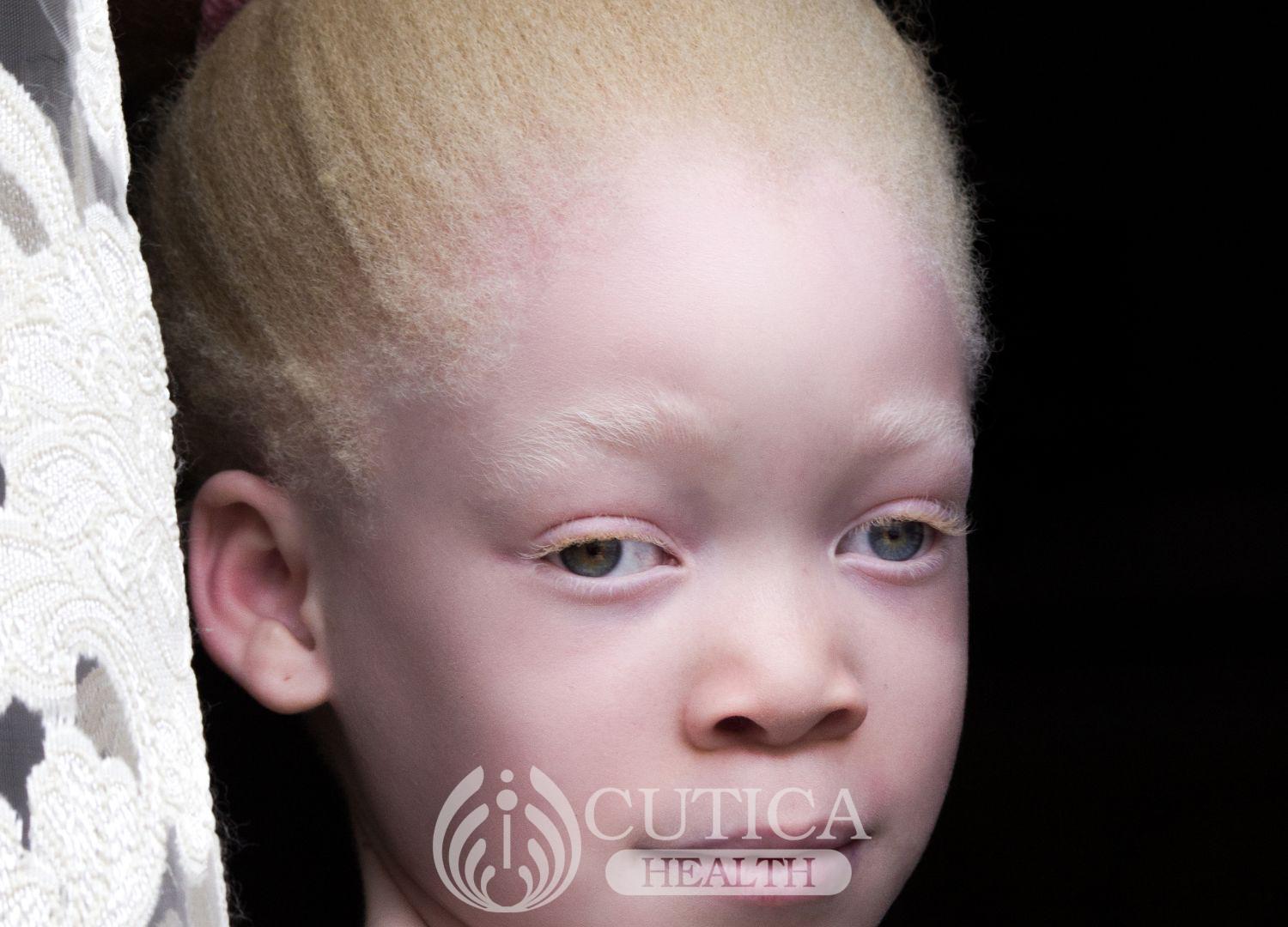
Saliu was a good-looking dark-skinned boy all through his childhood. He enjoyed people’s comments on how silky his skin appeared under the hot sun in Kano. His father’s mixed ancestry was responsible for his skin colour and he was very attached to it. But a few days before his 16th birthday, he noticed his knuckles were becoming lighter than usual, but he though it was probably temporarily, then another patch appeared a few weeks later below his right ear. And another one appeared around his lips after he had a collision with the pillar in his school. What could be happening to his skin, Saliu wondered?
Introduction
Skin discoloration can be worrying, especially when dark skin suddenly appears patchy or loses its natural tone. For Black individuals, hypopigmentation, or loss of skin color, can result from several factors, each with unique implications. Let’s explore why your skin might suddenly look white and the main causes of hypopigmentation in Black skin.

1. Vitiligo: The Most Common Cause of Hypopigmentation
Vitiligo is a chronic skin condition that causes the loss of melanin—the pigment responsible for skin color. This results in white patches appearing on the skin. Vitiligo can affect people of all ethnic backgrounds, but it is often more noticeable in individuals with darker skin tones. The condition is believed to be autoimmune, where the body attacks its own melanocytes (pigment-producing cells). While the exact cause is unknown, genetic factors and autoimmune responses play a significant role.
Common areas affected by vitiligo include the hands, face, and around body openings (mouth, eyes, and nostrils). Emotional stress and physical injury to the skin can exacerbate the spread of these white patches. Treatment options include topical steroids, immunosuppressants, and light therapy, though results may vary.
2. Post-Inflammatory Hypopigmentation
Inflammation or trauma to the skin, such as burns, cuts, or severe acne, can lead to post-inflammatory hypopigmentation. When skin cells are injured, they can temporarily or permanently lose their pigment. In individuals with Black skin, this often manifests as lighter patches on the affected area. These white patches are typically not permanent and may fade as the skin heals, though this can take months or even years.
It’s essential to avoid further irritation or sun exposure on the affected areas, as this can make hypopigmentation more pronounced. Treatment may involve using topical treatments to help restore pigment, though in many cases, time alone is the best remedy.
3. Tinea Versicolor: A Fungal Infection
Tinea versicolor is a common fungal infection caused by the yeast Malassezia , which naturally resides on the skin. Factors like hot, humid weather, excessive sweating, or a weakened immune system can encourage the yeast to overgrow, leading to scaly patches that are often lighter or darker than the surrounding skin.
The hypopigmented patches of tinea versicolor are usually seen on the chest, back, and shoulders. They may be itchy, but some people experience no symptoms beyond discoloration. Antifungal treatments like topical creams or medicated shampoos are typically effective. However, it may take time for skin color to return to normal after the infection is cleared.

4. Albinism: A Genetic Cause of Hypopigmentation
Albinism is a rare genetic condition that results in a lack of melanin production in the skin, hair, and eyes. People with albinism have very light or white skin from birth, and they may experience additional challenges such as sun sensitivity and vision issues. Though albinism is apparent at birth, it can sometimes be confused with hypopigmentation that develops later in life. Albinism is genetic and cannot be treated, but individuals with the condition can take measures to protect their skin and eyes from sun damage.
5. Nutritional Deficiencies and Hypopigmentation
Certain vitamin and mineral deficiencies, such as vitamin B12 and folic acid deficiencies, may lead to hypopigmentation. These nutrients play essential roles in melanin production, and a lack of them can result in lighter patches on the skin. Nutritional deficiencies are relatively rare causes of hypopigmentation but should be considered, especially if other symptoms are present. Consulting with a healthcare professional for dietary adjustments and possible supplementation is recommended.
Conclusion
Sudden skin discoloration can be unsettling, particularly in Black individuals, where hypopigmentation is more noticeable. Conditions like vitiligo, post-inflammatory hypopigmentation, tinea versicolor, albinism, and nutritional deficiencies can all lead to skin lightening. If you notice sudden white patches or changes in skin tone, it’s essential to consult a dermatologist to identify the underlying cause and appropriate treatment options. Early intervention can help manage symptoms and improve your skin’s appearance.












